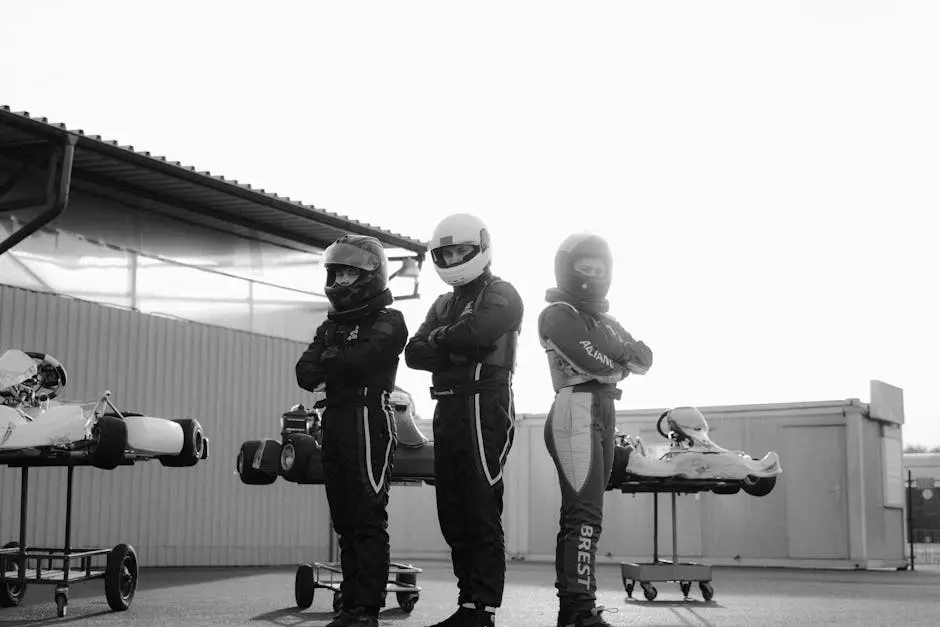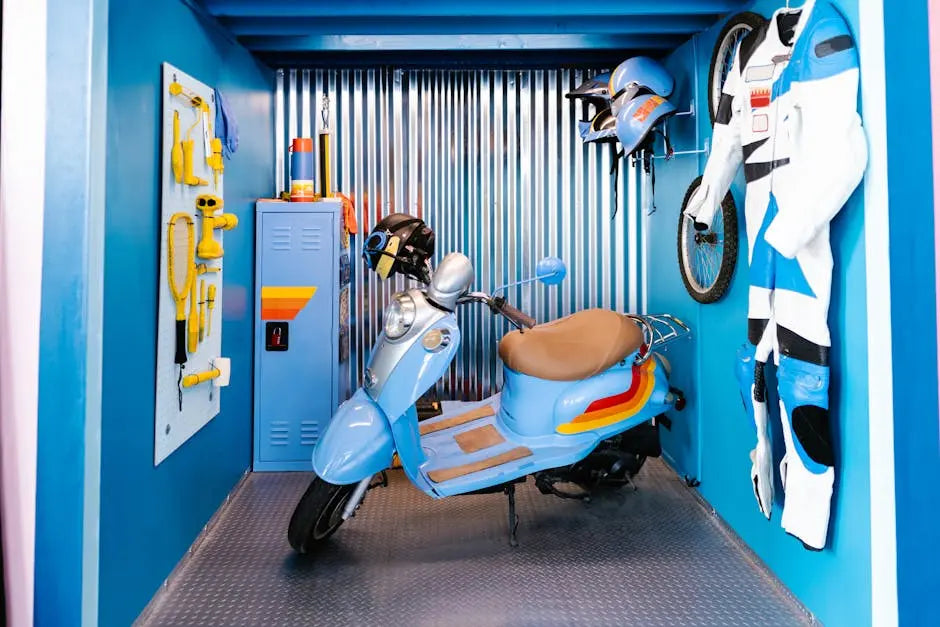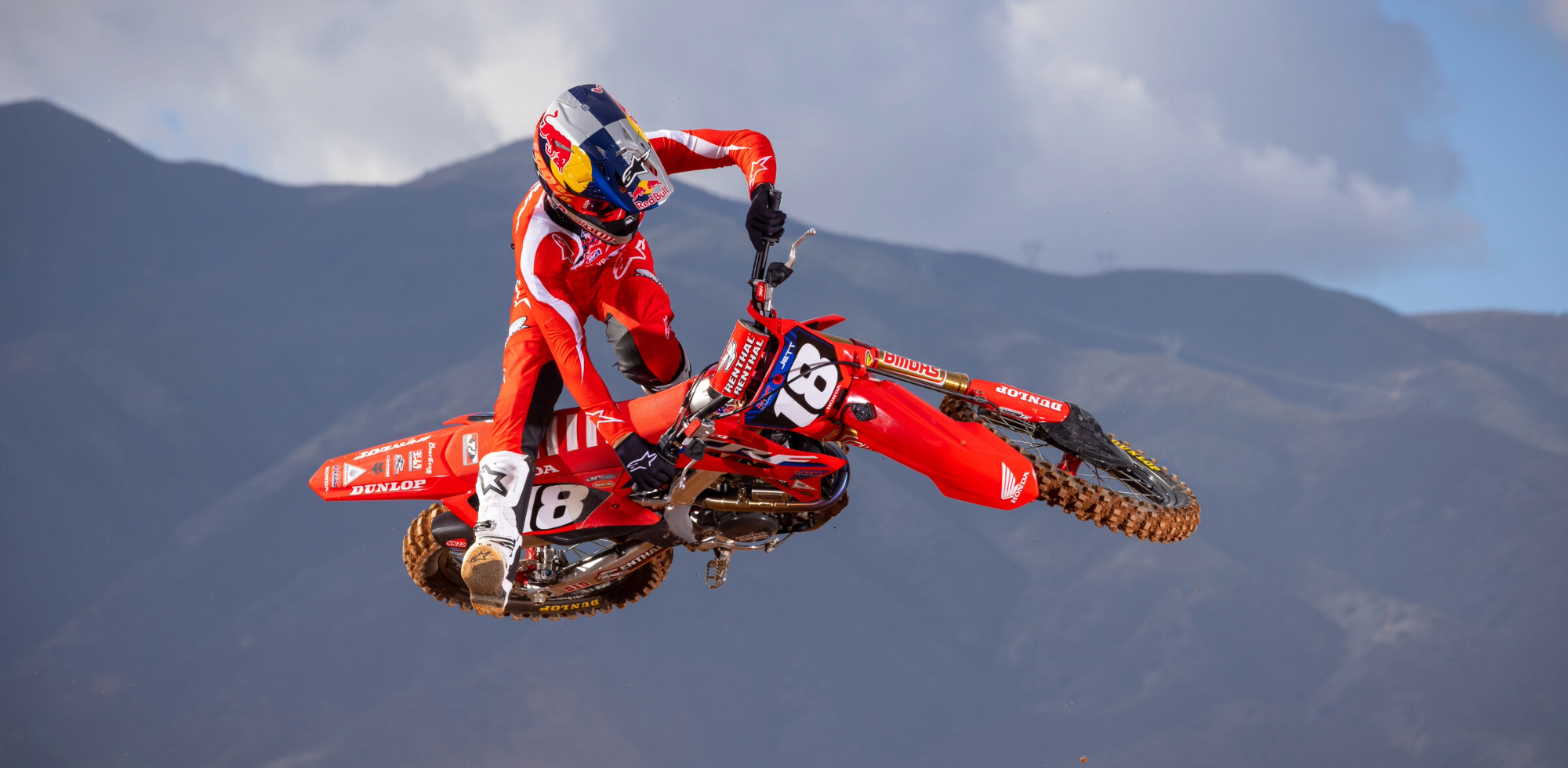Racing suits have come a long way from their early days of functionality and safety to now being a statement of style and identity on the racetrack. In this blog, we delve into the transformation of racing suits, exploring their history, technological advancements, and the blend of fashion with functionality that today’s drivers enjoy.
The Origins of Racing Suits: Safety First
The first racing suits emerged in the early 20th century when automobile racing began to gain popularity. Initially, these garments were simple, often made from heavy cotton or wool, and designed primarily to protect drivers from the elements. Their main purpose was to offer a layer of warmth and shield against dirt, oil, and debris that could be kicked up during a race. As the sport evolved, so did the need for enhanced safety features.
By the 1960s, the dangers associated with racing became increasingly evident, leading to the realization that racing suits needed to provide better accident protection. This marked a pivotal point in the evolution of these garments, as manufacturers began to incorporate flame-resistant materials. The introduction of Nomex fabric, for example, drastically improved safety by offering better heat protection, which was crucial given the fire risks inherent in motorsports.
As safety standards tightened, racing associations mandated the use of specialized suits during competitions. This shift not only addressed the need for better protection but also reflected a growing commitment to driver safety across the industry. Racing suits evolved from mere clothing into essential safety gear, ensuring that drivers were not only comfortable but, more importantly, safeguarded in their high-stakes environment.
Technological Innovations: Boosting Safety and Performance
Today, the landscape of racing suits is marked by groundbreaking technological innovations that significantly enhance both safety and performance. Manufacturers utilize advanced materials that are lighter yet stronger, providing drivers with more agility without sacrificing protection. For instance, Kevlar reinforced areas are now commonly integrated, offering additional durability in critical zones of the suit.
Moreover, the incorporation of moisture-wicking and breathable fabrics has revolutionized comfort levels for drivers during races. These materials help regulate body temperature, allowing drivers to maintain focus and performance, even in the most demanding conditions. The ongoing trend in technology also includes the use of impact-absorbing padding, strategically placed to minimize effects during collisions.
This technological shift has not only made racing suits safer but has also sparked competition among manufacturers to innovate further. Collaborations with aerospace and automotive engineers have led to improvements in ergonomics and fit, ensuring that a racing suit conforms to the driver’s body for maximum mobility. The seamless blend of advanced technology and racing heritage showcases how far racing suits have come.
The Rise of Style: Racing Suits as Fashion Statements
As the motorsport world began to embrace individuality, racing suits transformed from purely functional gear into vibrant fashion statements. Drivers, recognizing the power of personal branding, started to incorporate unique designs, colors, and logos into their suits. This evolution marked a significant shift in the narrative of racing attire—no longer were suits simply utilitarian garments; they became expressions of personality and style.
Corporate branding also played a vital role in this transformation. Sponsorship deals expanded opportunities for customization, enabling drivers to showcase their personal flair while adhering to team colors and logos. This blend of individual expression with team identity created visually striking ensembles on the racetrack, capturing the attention of fans and media alike.
Additionally, the rise of social media has further amplified the focus on style. With platforms like Instagram and TikTok showcasing races and behind-the-scenes glimpses, drivers now have a direct link with their audience, utilizing their suits as a canvas to tell their stories. As a result, racing suits today not only embody personal taste but also resonate with a larger cultural context, reflecting trends and influences beyond the racetrack.
Materials Matter: From Cotton to Advanced Fabrics
The materials used in racing suits have undergone a revolutionary change over the decades, transitioning from traditional textiles like cotton to advanced synthetic fabrics designed specifically for high performance. While cotton offered some degree of comfort and protection, it lacked the necessary qualities to ensure driver safety in the face of intense heat and potential fire hazards. As racing evolved, the demand for improved materials grew.
Modern racing suits often incorporate a blend of different materials, combining lightweight Kevlar, Nomex, and other synthetic fibers to create garments that are both protective and flexible. These suits are engineered to withstand extreme conditions, offering the wearer a second skin that helps in regulating temperature and moisture while providing essential fire resistance. The significant advancement in material science allows drivers the freedom to focus on their performance, knowing their safety is prioritized.
Furthermore, innovation is not just limited to the materials themselves, but also in the techniques used to manufacture these suits. Techniques such as seamless stitching have helped minimize friction points, reducing the risk of discomfort for drivers during race conditions. As the saying goes, ‘materials matter,’ and in the world of racing suits, this couldn’t be truer. These technical advancements play a crucial role in elevating the overall racing experience, bridging the gap between safety and performance.
Customization in Racing Suits: Personal Branding on the Track
Customization has become a hallmark of modern racing suits, allowing drivers to make bold statements about their identities both on and off the track. This trend toward individualism empowers drivers to select options ranging from color schemes and patterns to specific cuts and features that cater to their unique preferences. Personal branding in motorsport has never been more significant, and racing suits are one of the most visible conduits for this expression.
Drivers are increasingly collaborating with designers to create bespoke suits that reflect their personality and brand. This not only sets them apart visually but also gives them an edge in connecting with fans who appreciate authenticity. From flamboyant prints to sleek designs, the choices are endless. Such customization transforms the traditional racing suit into a personalized manifesto, branding the driver in a way that resonates with audiences in the age of social media.
The importance of personalization extends beyond aesthetics; it deeply influences a driver’s mindset and confidence while competing. When a driver feels good in their racing suit—whether because of its fit, color, or style—they’re likely to perform better. This psychology of personalization highlights how customization in racing suits is more than just a trend; it plays a key role in the performance and mental game within high-stakes races.
The Role of Sponsorship and Team Identity in Design
Sponsorship plays a crucial role in shaping the design of racing suits. As the lifeblood of professional motorsport, financial backing from sponsors directly influences not only the suit’s appearance but also its functionality. Logos and branding imprints are essential for visibility, often taking precedence in the design process. This creates a strong connection between the driver and their supporting corporate partners, influencing how fans engage with both.
Team identity is another significant factor in racing suit design. Each team has colors and motifs that are integral to their branding, and these elements are reflected in the suits worn by their drivers. This alignment helps foster a sense of unity and pride within the team, while also providing a recognizable visual identity that fans can easily support. It’s not uncommon for fans to proudly wear merchandise that mirrors the racing suits of their favorite drivers, creating widespread recognition both on and off the track.
Moreover, as racing becomes more competitive, teams emphasize integrating cutting-edge design technologies into their suits. From safety enhancements to aerodynamic improvements, the design is a collaborative effort between drivers and engineers to further a team’s competitive edge. In essence, the role of sponsorship and team identity is multifaceted, shaping the aesthetics and functionality of racing suits while building a lasting connection with fans and brands alike.
Regulatory Standards: Balancing Style and Safety
In the realm of motorsports, regulatory standards play an essential role in ensuring that racing suits balance style with safety. Organizations such as the FIA (Fédération Internationale de l’Automobile) set stringent protocols that dictate the materials and designs allowed for competition. These regulations are crucial for minimizing risks and ensuring that all drivers are equipped properly to withstand potential hazards on the track.
While these regulations focus heavily on safety, they also provide guidelines on how suits can maintain style and individuality. Manufacturers are constantly challenged to innovate within the parameters of these rules, finding creative ways to incorporate fashionable designs without compromising safety. This necessity has led to some remarkable advancements in both technology and artistry, as designers work to marry compliance with flair.
Ultimately, the presence of regulatory standards fosters an environment where style does not overshadow safety. This balance is essential for both the ongoing evolution of racing suits and the continuous efforts to prioritize the wellbeing of drivers. As motorsports continue to grow, the dialogue between safety regulations and design creativity will undoubtedly evolve, paving the way for the next generation of racing suits.
Iconic Racing Suits Throughout History
Over the years, various racing suits have garnered iconic status, often representing key moments in motorsport history. For instance, the bright red suits worn by Scuderia Ferrari drivers evoke passion and speed, capturing the essence of Italian racing. These suits are not only remarkable for their striking color but also for the stories and legacies attached to the drivers who wore them on legendary circuits.
Similarly, the blue and yellow suits of the late Ayrton Senna symbolize both legendary skill and the relentless pursuit of victory. Their distinct design continues to resonate with fans, a testament to Senna’s enduring impact on the sport. The personalization and branding of these suits not only served to protect the drivers but transformed them into powerful symbols of identity and aspiration within motorsport.
As we look to the future, it becomes clear that iconic racing suits continue to shape the narrative of the sport. Each unique design carries with it the spirit of the driver and the legacy they leave behind, creating a tapestry of fashion, safety, and personal history that resonates with fans globally. As new talents emerge, we can expect to see the evolution of racing suits continue, forever intertwining with the stories of those brave enough to take on the challenge of the racetrack.
Looking Ahead: The Future of Racing Suits
The journey of racing suits reflects broader trends in the motorsport industry, where safety, performance, and style are more interconnected than ever. As technology continues to advance, we can only imagine how racing suits will evolve in the future, keeping drivers safe while allowing them to express their unique personalities on the track.








